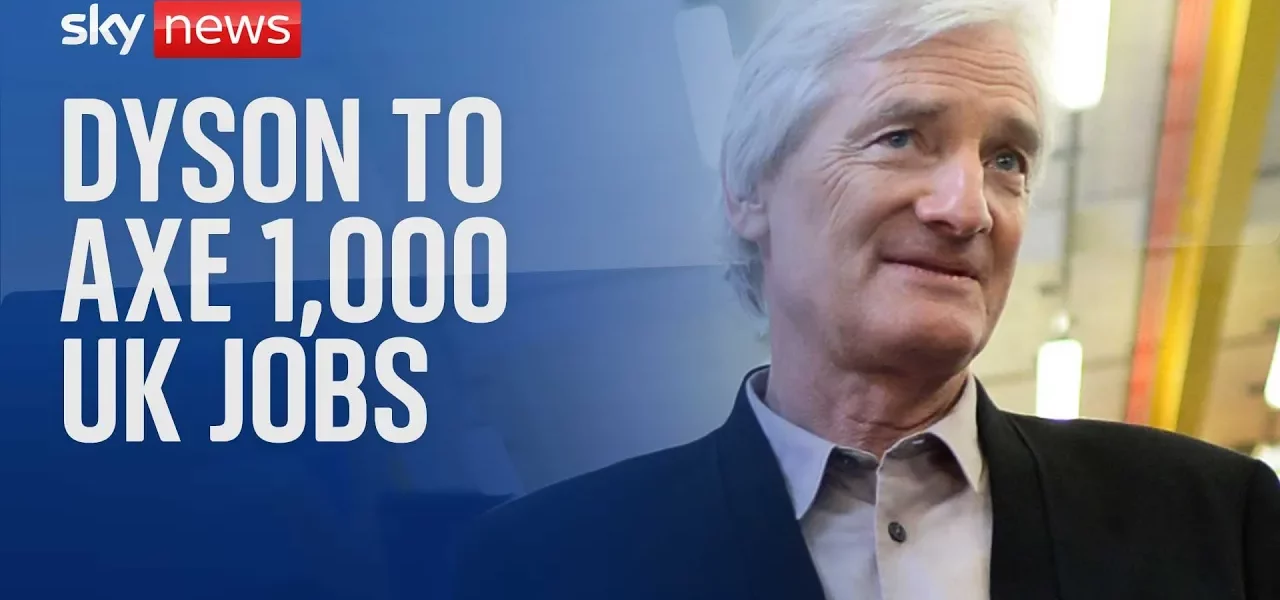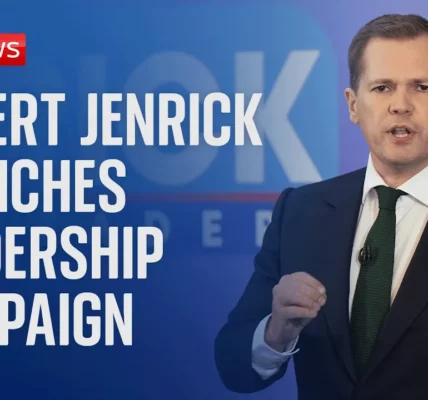Dyson Announces Job Cuts: A Strategic Move Under New CEO Hanah Kenna

In a significant development, Dyson, the renowned British technology firm famed for its innovative vacuum cleaners, has revealed plans to cut approximately 900 jobs as part of a global staffing review. This decision comes under the leadership of the newly appointed CEO, Hanah Kenna, as the company adapts to the evolving challenges in the competitive market.
Introduction
On a seemingly ordinary afternoon, breaking news emerged from Dyson, stirring conversations in the business community. The company, which has built a reputation for its cutting-edge technology and consumer products, announced a substantial reduction in its workforce. With around 3,500 employees in the UK, mainly located at its Malmesbury site in Wiltshire, the decision has raised questions about the future direction of the company and its adaptability to global market conditions. This article delves deeper into the implications of this announcement, the context surrounding it, and what it means for Dyson’s employees and the broader technology landscape.
Understanding the Job Cuts
The announcement of job cuts at Dyson is a crucial aspect of the company’s strategic realignment under its new leadership. Let’s explore the key factors that led to this decision.
New Leadership and Strategic Review
Hanah Kenna, who took the helm as CEO in February 2023, has initiated a thorough review of Dyson’s staffing requirements. This is not unusual for a new leader, as they assess the company’s operational needs and make necessary adjustments. The review is expected to align the workforce with business goals, especially in light of:
- Rapid organizational growth in previous years.
- Increased competition in global markets.
- A shift in focus towards innovation and agility.
Global Impact of Staffing Changes
Dyson employs around 15,000 employees worldwide, with the UK being a significant part of its infrastructure. However, this job cut is framed within a broader global restructuring strategy. Some critical points include:
- The need to adapt to competitive pressures, particularly from Asian markets.
- Maintaining a lean operational structure following previous expansions.
- Supporting employees through redundancy processes, as stated by Kenna.
Context of the Decision
To fully understand the implications of Dyson’s job cuts, it’s essential to consider the broader context in which these decisions are made.
Competitive Market Dynamics
Dyson operates in an increasingly competitive landscape, with rapid innovation cycles and aggressive pricing strategies from competitors. The company’s largest market is now Asia, where the risk of intellectual property theft poses significant challenges. This competitive environment has likely influenced the decision to streamline operations.
Historical Challenges and Learning
Dyson’s previous experience with the electric vehicle segment serves as a cautionary tale. After investing approximately £2 billion in this venture, the company ultimately decided to retract from the market. This misstep has instilled a more cautious approach regarding expansion and workforce management.
Commitment to Innovation and Apprenticeships
Despite the job cuts, Dyson remains committed to its research and development (R&D) efforts in the UK, particularly at its Malmesbury headquarters. The company continues to invest in apprenticeships, emphasizing the importance of nurturing talent within the organization. This dual focus on innovation and workforce development is crucial for Dyson’s long-term strategy.
Conclusion
Dyson’s announcement of job cuts reflects a strategic realignment under new CEO Hanah Kenna, responding to the evolving challenges of a competitive global marketplace. As the company navigates these changes, it underscores the importance of agility and innovation in sustaining its position as a leader in technology. For employees facing uncertainties, Dyson has pledged support throughout this transition. As we look to the future, the broader tech sector may also experience similar adjustments following periods of rapid growth. For more insights into corporate restructuring and innovation trends, be sure to explore our related articles.
“`




